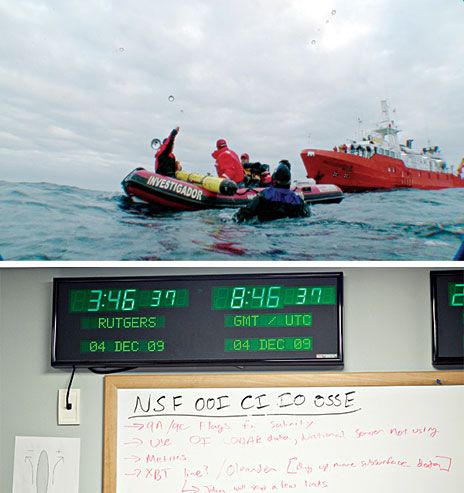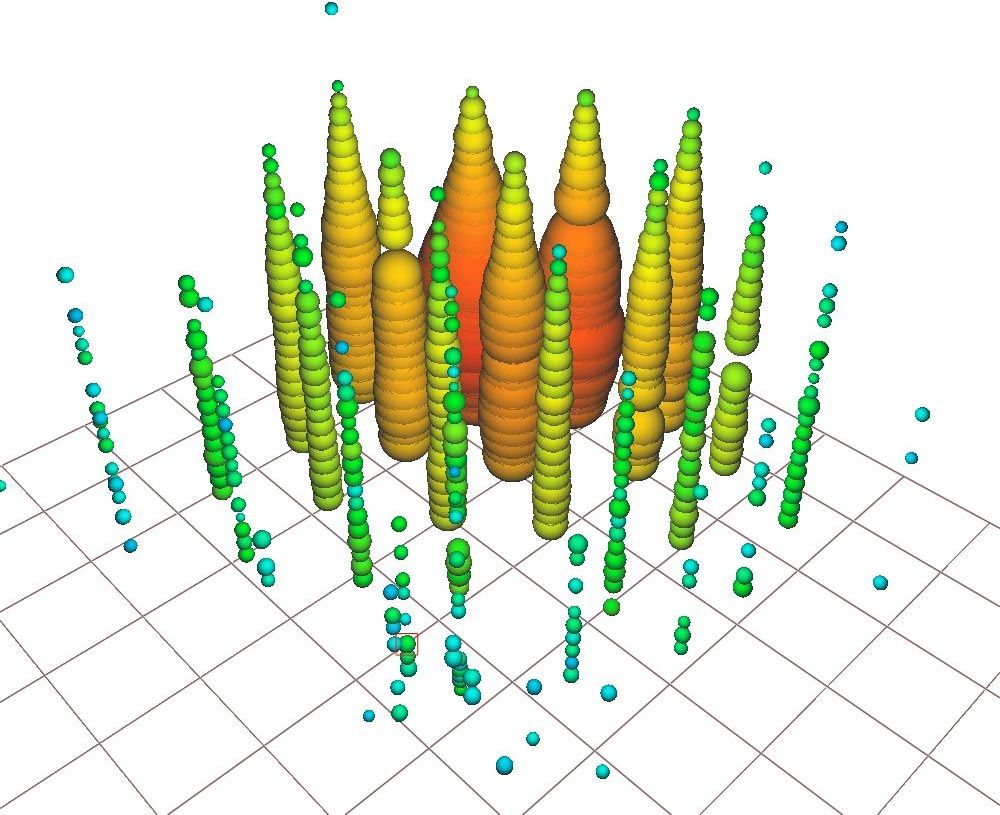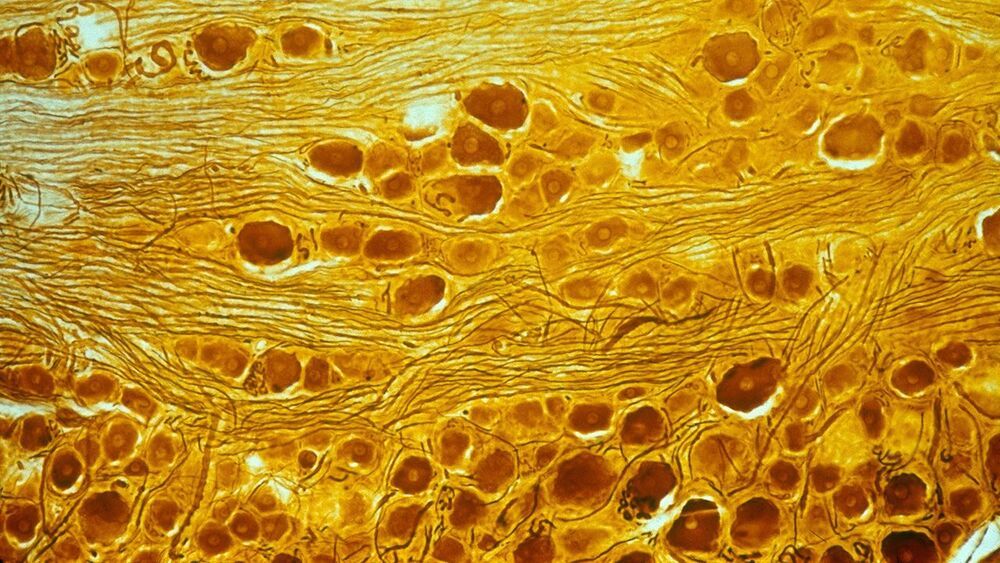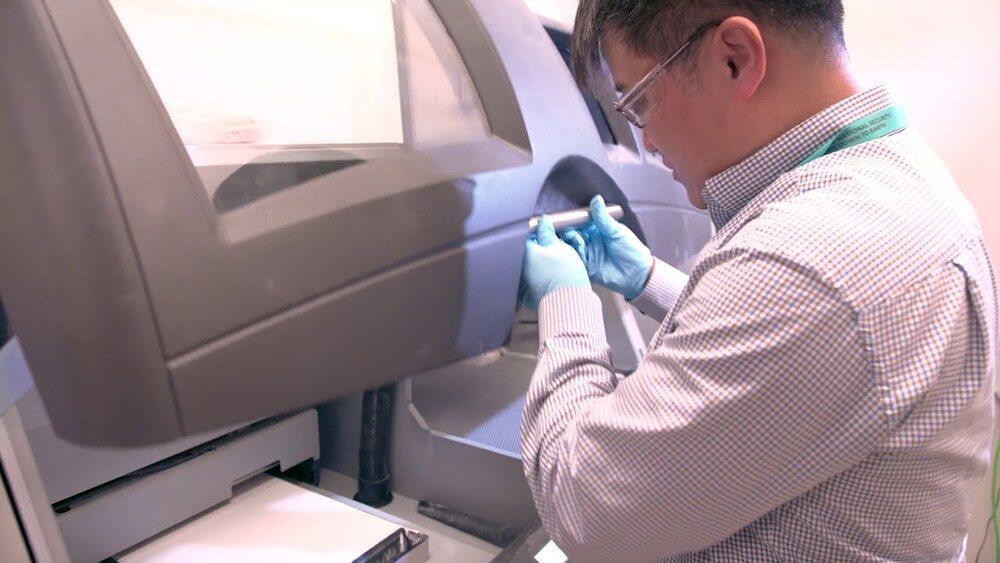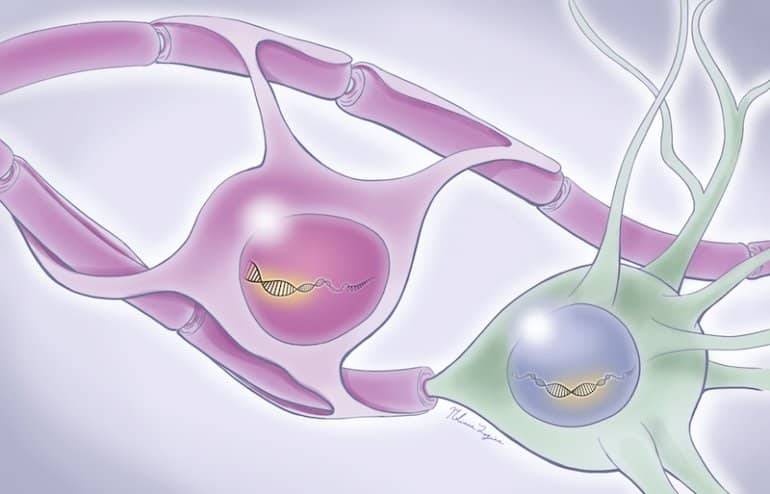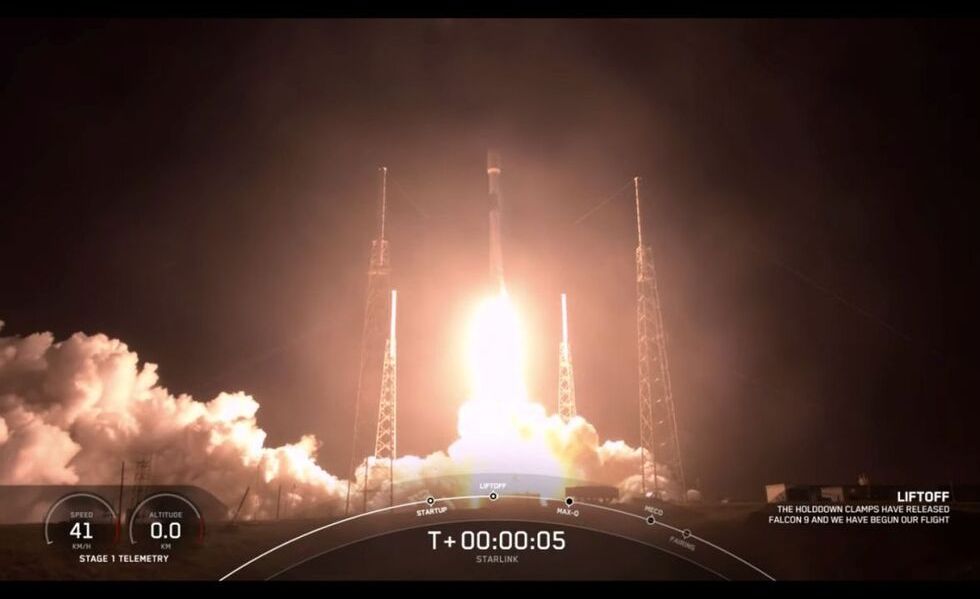Mar 11, 2021
Remotely Piloted Underwater Glider Crosses the Atlantic
Posted by Quinn Sena in categories: drones, military, robotics/AI
Circa 2010
About 48 kilometers off the eastern coast of the United States, scientists from Rutgers, the State University of New Jersey, peered over the side of a small research vessel, the Arabella. They had just launched RU27, a 2-meter-long oceanographic probe shaped like a torpedo with wings. Although it sported a bright yellow paint job for good visibility, it was unclear whether anyone would ever see this underwater robot again. Its mission, simply put, was to cross the Atlantic before its batteries gave out.
Unlike other underwater drones, RU27 and its kin are able to travel without the aid of a propeller. Instead, they move up and down through the top 100 to 200 meters of seawater by adjusting their buoyancy while gliding forward using their swept-back wings. With this strategy, they can go a remarkably long way on a remarkably small amount of energy.
Continue reading “Remotely Piloted Underwater Glider Crosses the Atlantic” »
